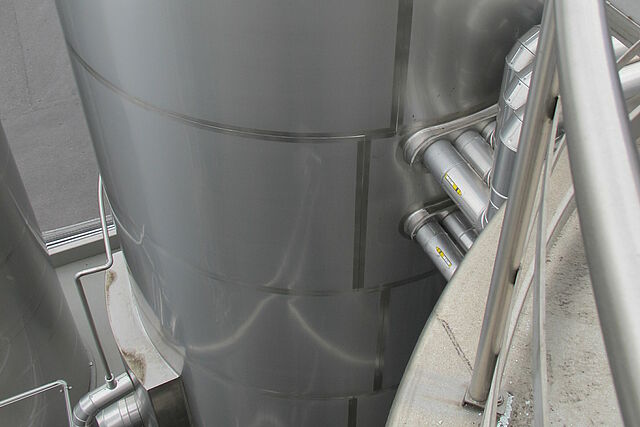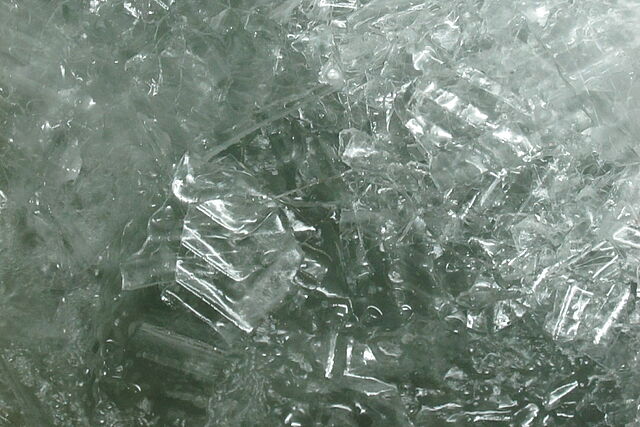
Use low-cost night-time electricity tariffs and avoidance of peak loads for refrigeration?
The use of electricity at night, in contrast to peak periods during the day result in large savings in electricity bills. Since the cooling system is designed to average consumption, it consumes less energy overall. At the same time, the operator can benefit from the low energy prices at night and during the day, when energy prices are higher, the built-up ice can be used with melting for its cooling purposes. An ice storage system reduces the peak electrical demand by 50% or more. In this case, we do recommend an ice bank silo or an ice bank, which can be charged at night and provide cooling demands during the day.
In order to decide between the alternatives of ice storage and falling film chiller, an economic efficiency calculation is important.
The following applies here:
- The investment costs of the falling film chiller are lower.
- No partial load operation (power fluctuations) in the case of the ice storage variant.
- Energy cost savings with the ice storage variant per year (night charging).
- Longer payback period for the additional investment of the ice storage variant due to the higher price than for the falling film chiller variant.
Despite the longer payback period of the ice storage variant, the ice storage can still be chosen as a result, since a comparatively smaller cooling capacity can be selected on the compressor network if necessary. The partial load problem with the falling film chiller system is also not present with the ice storage variant, as the same cooling capacity must always be dissipated during operation.
Of course, it is important to take a close look at the investment and operating costs in order to make a decision in each individual case. The following factors then apply, which can vary depending on whether the unit is in continuous operation as a direct cooler or ice storage with complete charging before cost-intensive time.
Some ways of thinking of different advantages and disadvantages for food for thought:
Advantages:
- smallest space requirement
- lowest investment costs
- lower operating costs compared to 24 h operation
- higher operational safety
- lowest operating costs due to complete night charging
Disadvantages:
- highest operating costs (long running time in the high tariff period).
- lowest operational reliability. In the event of a short compressor failure, the cooling capacity is not sufficient to cover the power demand.
- Higher investment costs compared to 24 h operation

